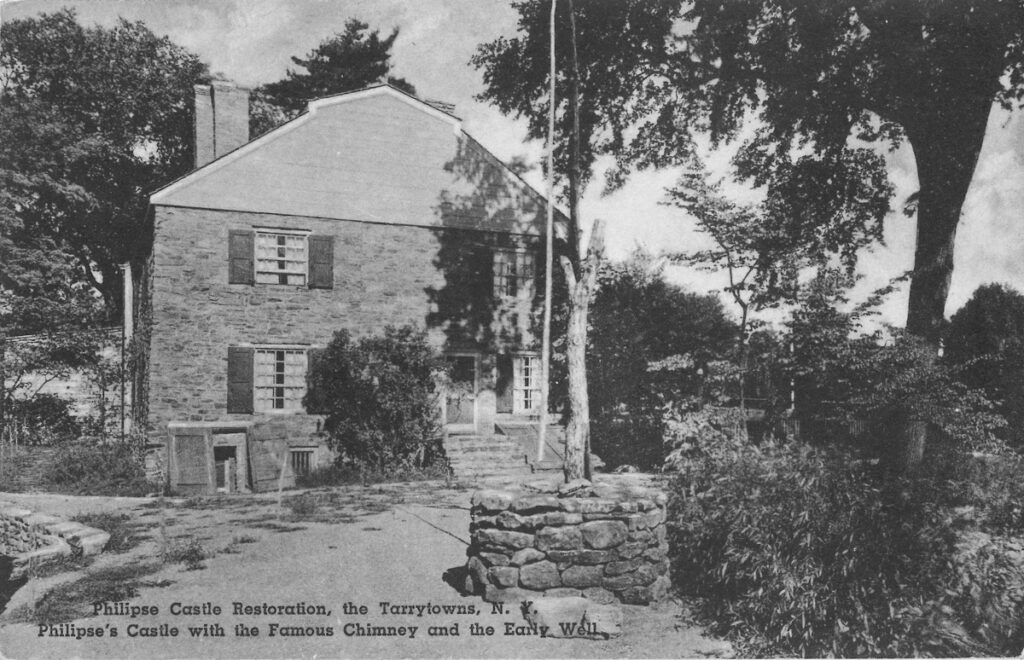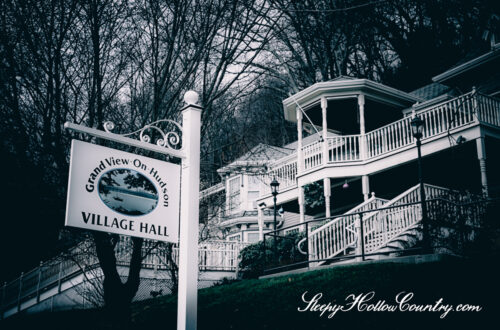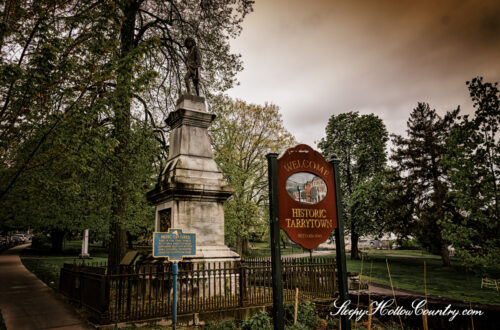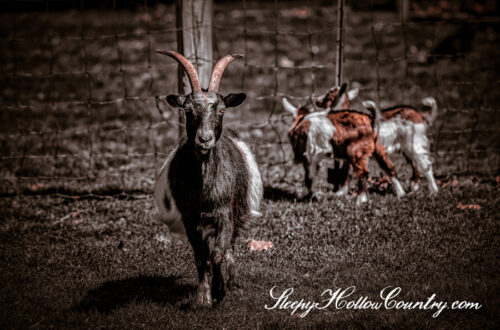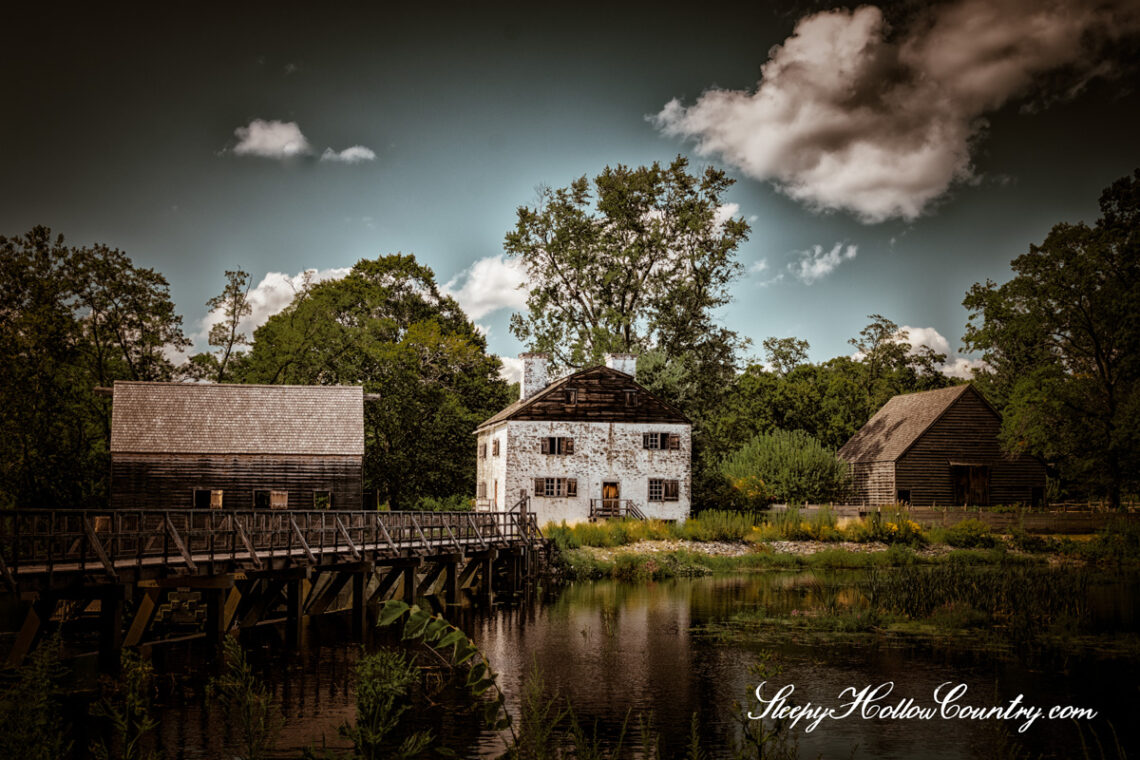
Philipsburg Manor
Drive North on Route 9 out of Sleepy Hollow and you’ll suddenly find yourself amidst trappings of a bygone era. An iconic white-washed stone building rests adjacent to a large and placid mill pond. Additional buildings, such as a mill and a barn linger nearby, framed by large picturesque trees. Squint and you might think you took a wrong turn and ended up in the wrong century. This is the remaining vestige of the early-18th century in Sleepy Hollow Country: Philipsburg Manor.
The Lord of Philipsburg Manor
In the 1680s, dutch immigrant, Frederick Philipse I had amassed nearly 52,000 acres of land on the eastern side of the Hudson River, bounded on the other edges by the Croton River in the North, the Bronx River to the east, and the Spuyten Duyvil Creek to the South. As lord of the manor, he managed his massive landholdings from his residence at Philips Manor Hall but had satellite properties to manage his many tenant farmers, workers, and slaves. Through the years it was owned by Philipse, his son, and then his grandson.
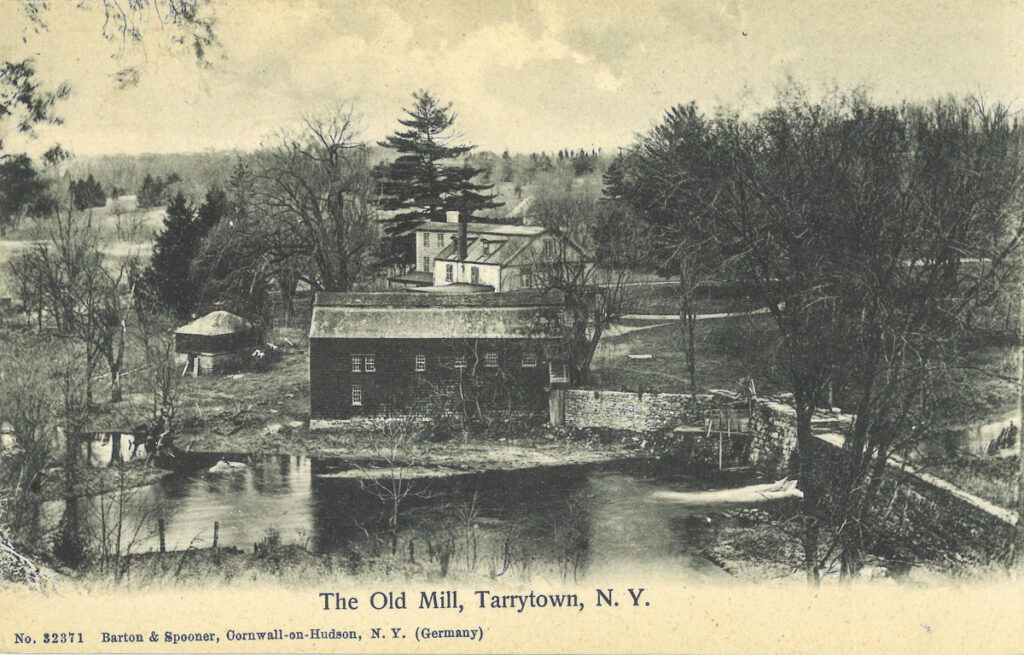
Philipsburg Manor is also known as the Upper Mills and is situated on the banks of the Pocantico River. It was constructed by Philipse’s African Slaves, who also lived and worked at the site. During its heyday, 23 enslaved people lived at worked at the Upper Mills and the buildings included the manor, gristmills, barns, trade buildings, and a wharf on the Hudson to take advantage of nearby trade routes (and also potentially network with local pirates). They also constructed the adjacent Old Dutch Church.
Forfeiture During American Revolution
The tenure of the Philipse family ended with the American Revolution, as the family was Loyal to the British Crown. Frederick Philipse III was ultimately tried for treason, found guilty, and the entire manor was confiscated and used to fund the war. After the war, the manor was broken up into smaller parcels and sold off at auction. Gerard Beekman, another Dutch immigrant, and member of a prominent local family, purchased the parcel that included the Upper Mills.
Philipsburg Manor, Historic Restoration
Time passes and the property switches hands through the years until finally, in the 1950s it is purchased by Sleepy Hollow Restorations, which now goes by the moniker of Historic Hudson Valley. It is well worth a visit to take in the historic structures and to learn about the lives of the enslaved individuals who lived and worked there.
History aside, Philipsburg Manor is iconic and recognizable as a stand-in for the fictional homestead and scene of the Van Tassel homestead and harvest feast from Washington Irving’s “The Legend of Sleepy Hollow”. Frequenting the area in his youth, the manor, and the Philipses likely served as inspiration for the Van Tassels, even if old Baltus himself seems the opposite of the powerful Philipse:
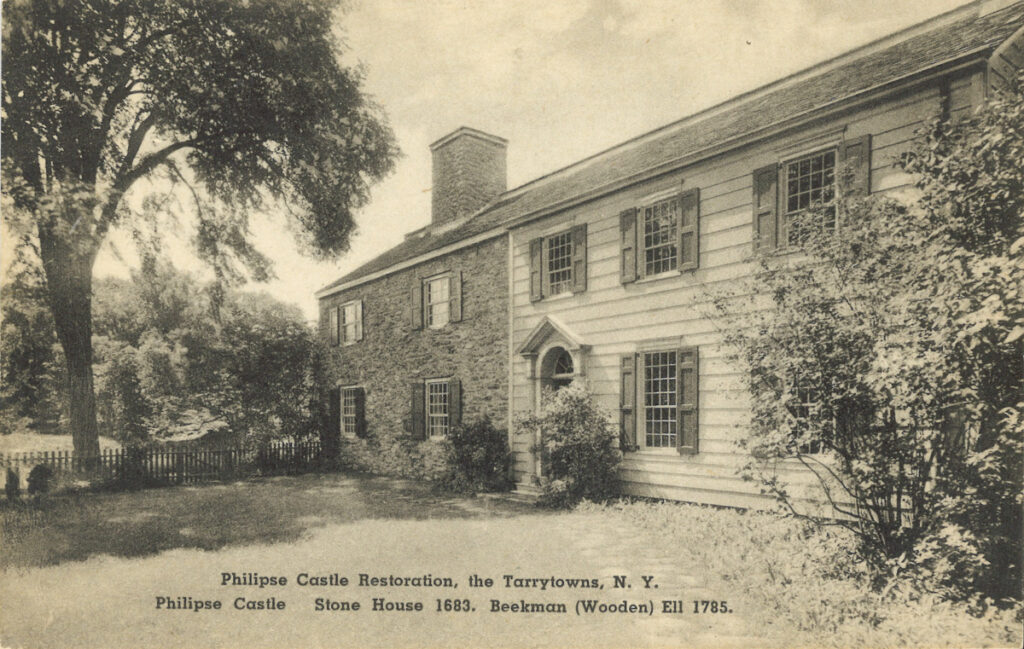
“He was satisfied with his wealth, but not proud of it; and piqued himself upon the hearty abundance, rather than the style in which he lived. His stronghold was situated on the banks of the Hudson, in one of those green, sheltered, fertile nooks in which the Dutch farmers are so fond of nestling.”
The Legend of Sleepy Hollow, Washington Irving
Even today with the bustle of traffic from the street, it isn’t hard to imagine the sound of fiddle music from the manor house, torches, and lamplight lighting the way across the millpond bridge to the door as dusk begins to fall. Rough-hewn, but smooth tables covered in all kinds of delicious baked goods, end-of-the-season garden items, and overflowing tankards of cider, beer, and other drinks a plenty would fill the large parlor room. Everyone in their autumn best would be there, including a lanky schoolmaster eyeing the trays of food and the lovely patriarch’s daughter from his perch.
